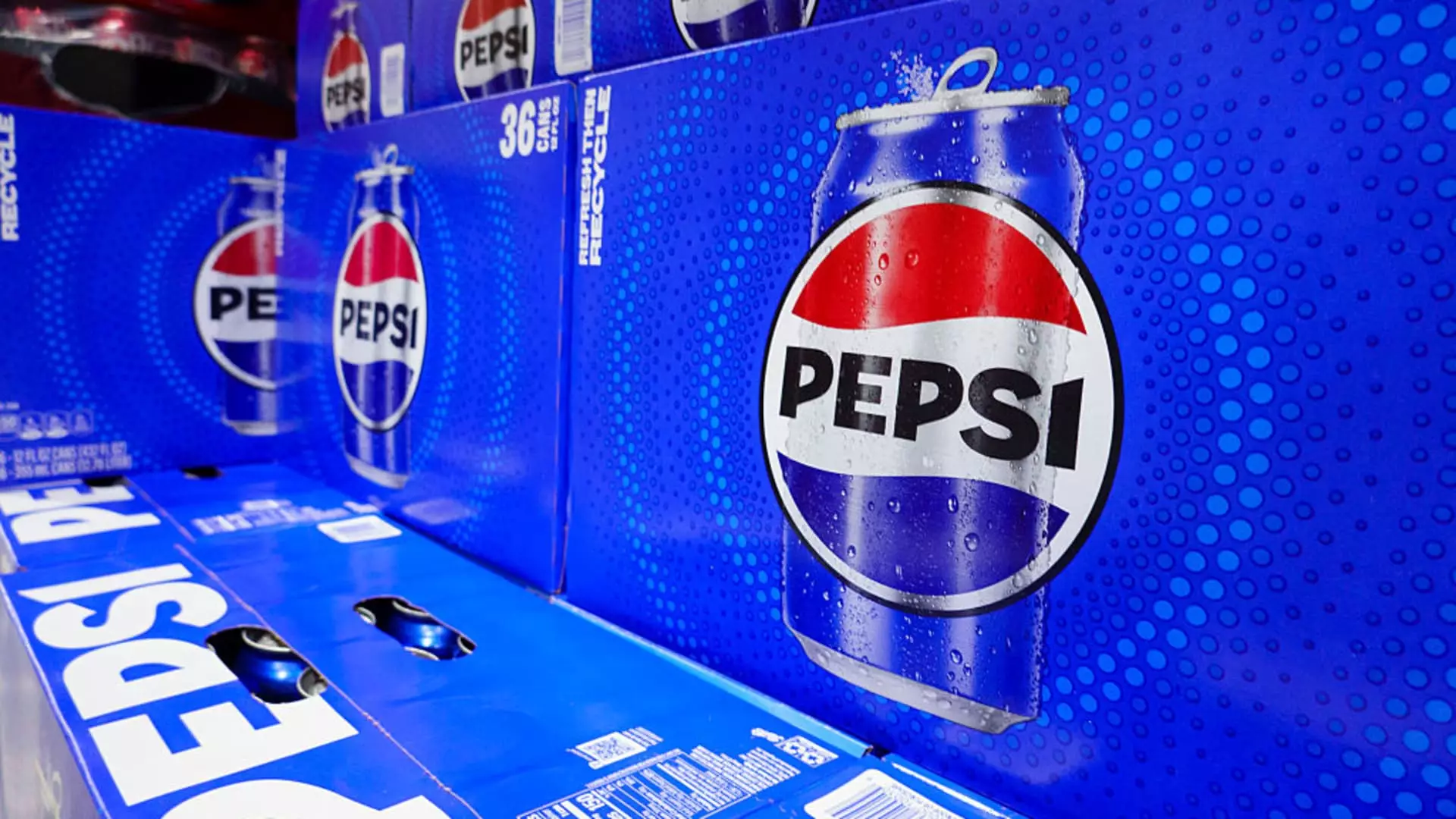PepsiCo’s recent earnings report presents a picture that is both reassuring and somewhat deceptive. The company surpassed Wall Street expectations on paper, with adjusted earnings per share at $2.12 and revenue climbing to $22.73 billion. However, beneath these figures lies a stark reality of stagnation and vulnerability. The fact that the company’s net income plunged from over $3 billion last year to just $1.26 billion this quarter highlights the precarious nature of its current trajectory. It’s easy to get caught up in short-term optimism driven by strategic cost-cutting and product repositioning, but true sustainability remains elusive. Pepsi’s organic revenue growth of just 2.1% is hardly impressive in a market that demands innovation and agility, not just resilience through austerity.
Market Dynamics and the Illusion of Domestic Revival
The narrative surrounding the North American market is particularly telling. Despite some CEO assurances of improvement, the market remains an economic battleground characterized by softness and volatility. The reported 2% decline in beverage volume and 1% shrinkage in food volume expose the fragility of domestic demand. Even the purported “bright spot”—Pepsi Zero Sugar’s double-digit growth—cannot hide the overarching decline in core products like sodas and snack foods. The North American consumer is shifting toward healthier, more ethical choices, and Pepsi’s attempt to cling to traditional favorites like Lay’s and Tostitos by relaunching their core ingredients indicates a reactive rather than proactive approach. The risk lies in betting too heavily on nostalgia when consumer trends are rapidly evolving toward wellness, transparency, and authenticity.
Health Trends and Market Adaptation: A Double-Edged Sword
Pepsi’s strategy of embracing healthier snacking and multicultural offerings reveals a recognition of market shifts. However, the implementation feels piecemeal and overly tentative. Their push into protein-focused snacks and diversified product lines signals an awareness that the future belongs to brands that can adapt swiftly to changing tastes. But the question remains: Is this enough? Companies like Pepsi often treat health and multiculturalism as trendy add-ons rather than core strategic pillars. This can create a disconnect, leading consumers to perceive these efforts as superficial rather than genuine commitments. Moreover, the relaunching of legacy brands with a focus on core ingredients might serve short-term sales but risks losing credibility among increasingly discerning consumers who expect innovation, not just updates on familiar products.
Cost-Cutting and Efficiency: Short-Term Fixes or Long-Term Strategy?
The aggressive cost-cutting measures—closing manufacturing plants and streamlining logistics—are standard practice in today’s competitive environment. While these moves may temporarily boost profit margins, they hardly address underlying demand issues. Reduced capacity and tighter supply chain controls can create inventory bottlenecks and weaken in-store availability, especially amidst global supply chain disruptions. Furthermore, the emphasis on efficiency could alienate consumers if it results in reduced product variety or quality. The challenge for Pepsi is balancing cost management with brand integrity. Relying heavily on operational cuts might provide short-term financial relief but risks undermining consumer loyalty, especially when competitors are striving for quality differentiation and authentic engagement.
Market Realism or Wishful Thinking?
Pepsi’s reaffirmation of a cautious full-year outlook, with growth projected to be at the low end of the 4% to 6% target, shows a degree of realism. Yet, it also hints at how fragile this optimism truly is. The company’s acknowledgment of the impact of tariffs, economic volatility, and cautious consumers suggests a future where growth remains a battle rather than a certainty. For Pepsi to truly thrive rather than merely survive, it must go beyond reactive measures and institutionalize genuine innovation. This involves embracing markets’ shifting priorities head-on—offering healthier, ethical, and culturally resonant products that go beyond marketing slogans. Anything less is risking a slow decline masked as cautious progress, and in an era of relentless consumer evolution, that is a perilous complacency.
Pepsi’s current strategy, while superficially promising, remains fundamentally reactive. Its survival depends on whether it can evolve from a cost-focused, nostalgia-driven brand into an innovator that genuinely understands and anticipates consumer needs. Otherwise, it risks becoming a relic, clinging desperately to old success stories while the market swiftly leaves it behind.

